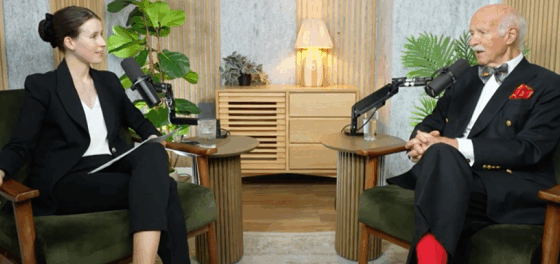This is a republication of the original article published on a Hotel Marketing Flipboard. Read the full article from the source here.
Original post URL: https://www.linkedin.com/pulse/your-lobby-new-flagship-bashar-wali-qrmdf/?trackingId=S29k5Z74OdRfSWx3oWCYHw%3D%3D&utm_source=flipboard&utm_content=martinsoler%2Fmagazine%2FHotel+Marketing+
Fashion has embraced hospitality. It’s time for hotels to return the favor, strategically.
Historically, hotel gift shops offered little more than emergency essentials and uninspired souvenirs. They were afterthoughts, rarely aligned with the identity of the property itself. Today, that has changed. High-end hospitality is embracing a new retail model, a curated, intentional one. Hotels are transforming into cultural marketplaces where limited-edition collections, exclusive collaborations, and high-design goods take center stage.
This shift is no accident. Fashion brands have realized something hoteliers are only beginning to fully leverage: hotel guests are an ideal audience. They are affluent, open to new experiences, and positioned in a frame of mind that encourages discretionary spending. Retail in this context isn’t a sideshow. It’s a strategic touchpoint.
Take
Rosewood Miramar Beach
, where a temporary pop-up by The Webster evolved into a permanent boutique. In Marbella,
Fendi
converted a resort beach club into an immersive brand environment. At the
Ritz Paris
,
FRAME
’s co-branded apparel sold out in days. These are not one-off novelties. They are case studies in retail impact.
Hotels possess unique advantages over traditional stores: atmosphere, emotional resonance, and narrative control. Guests don’t merely shop. They inhabit a world. That $450 robe in your suite? It’s not just merchandise. It’s a memory you can wear. The spa candle becomes a scent that transports you back. These are not just products. They are extensions of the brand experience.
Fashion brands are capitalizing. They avoid high rents and staffing headaches, instead placing their products in high-touch, immersive environments with built-in foot traffic. For hotels, the benefits are equally potent: increased revenue, stronger brand recall, and elevated guest perception. When a guest wears your branded tote across continents, they become a brand ambassador. Effortlessly and authentically.
But execution matters. Taste is non-negotiable. A hotel boutique should never mimic a duty-free store. It must reflect the design language, ethos, and cultural sensibility of the hotel. Look at Dolores at Palm Heights or
Emporio Sirenuse
in Positano. These are not just stores. They are retail expressions of the property’s personality.
The opportunity extends beyond fashion. Wellness products, home accessories, fragrances, and even culinary items can all become retail channels. If a product exists in the guest experience, it can be monetized post-stay. Guests want to relive moments. Retail is the most direct path.
So what does success look like? A few clear principles:
- Curate deliberately. Offer less, but offer meaningfully.
- Collaborate selectively. Avoid surface-level branding.
- Keep inventory dynamic. Guests return. Give them reasons to browse again.
- Train staff to be storytellers, not clerks.
- Focus on provenance. Prioritize local, ethical, and aligned partnerships.
The result? A revenue stream that enhances rather than distracts. A guest experience enriched by tangible connection. A hotel identity that lingers long after checkout. In wardrobes, homes, and daily rituals.
If your current store sells toothpaste and postcards, you’re underselling your brand. Your retail space should speak with clarity, move with intention, and reflect the quality of your rooms, service, and vision.
Fashion moved in. Hospitality needs to match the energy.
Have your people call my people.
Longing for Belonging™
Bashar Wali –
This Assembly






